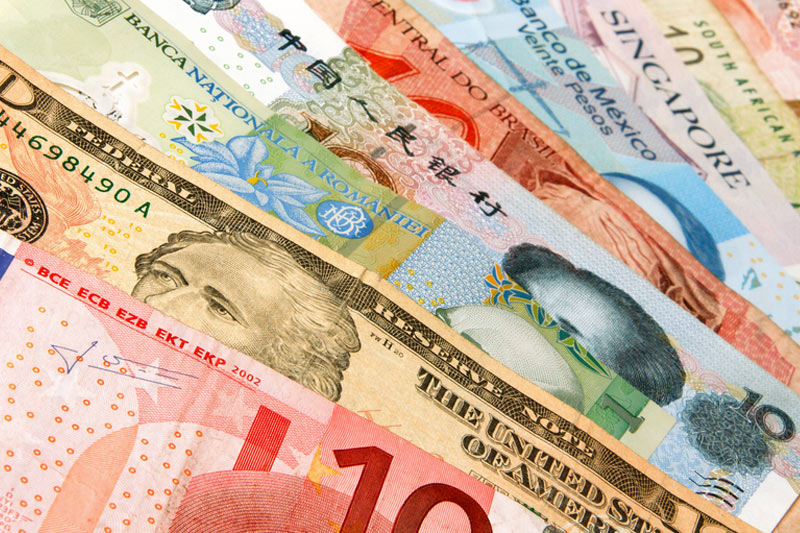BEIJING (Reuters) – U.S. President Donald Trump has ordered federal agencies to assess China’s performance under the Phase 1 trade deal he signed with Beijing in 2020 during his first term in the White House.
DETAILS OF THE 2020 DEAL
The agreement required China to increase purchases of U.S. exports by $200 billion over two years, but Beijing failed to meet its targets when the COVID-19 pandemic hit.
As part of the deal, the United States cut in half the tariff it imposed in September 2019 on a list of Chinese goods worth $120 billion, to 7.5%.
Tariffs originally scheduled for December 2019 on nearly $160 billion of Chinese goods, including mobile phones, laptops, toys and clothing, were suspended.
But the previously imposed US tariffs of 25% on $250 billion of Chinese goods remained unchanged.
Below are details of the deal according to the text of the Phase 1 agreement released by the Office of the U.S. Trade Representative.
CHINA PURCHASES
China agreed to increase purchases of U.S. products and services by at least $200 billion over two years, above the baseline set in 2017, with increased imports of U.S. goods and services “continuing for several years beyond 2021 will continue on the same trajectory.”
China bought $130 billion worth of U.S. goods in 2017, before the trade war began, and $56 billion in services, U.S. data show.
In 2020, China imported $135 billion worth of American goods, and a year later bought $178 billion, according to Chinese customs data.
INTELLECTUAL PROPERTY
The deal included stronger Chinese legal protections for patents, trademarks and copyrights.
It included commitments by China to honor previous commitments to remove any pressure on foreign companies to transfer technology to Chinese companies as a condition for market access, licensing or administrative approvals, and to remove any government benefits for such transfers.
China also agreed to forgo direct support for outbound investments aimed at acquiring foreign technology to meet its industrial plans – transactions already curbed by tighter U.S. security controls.
CURRENCY

The currency deal includes pledges by China to refrain from competitive currency devaluations and to avoid manipulating exchange rates for competitive advantage.
Any violations would be subject to the enforcement mechanism for the overall deal and could lead to tariffs. Both countries also agreed to publish relevant data on exchange rates and external balances according to a prescribed schedule.


